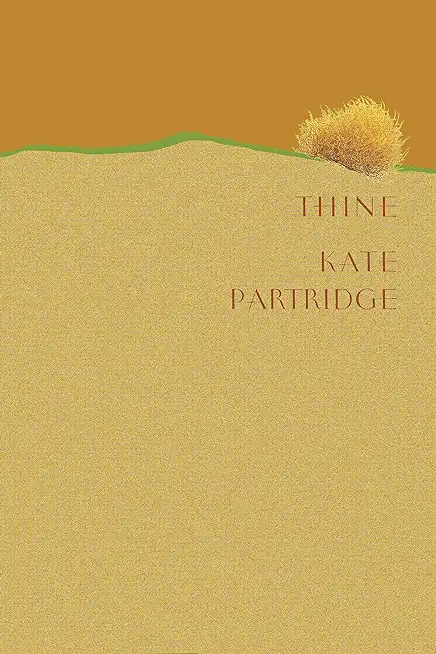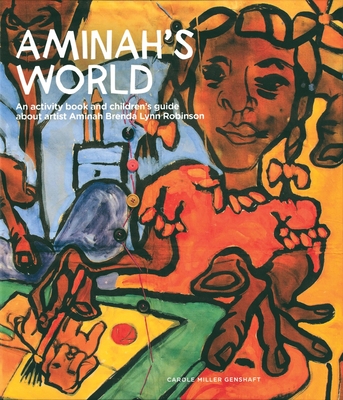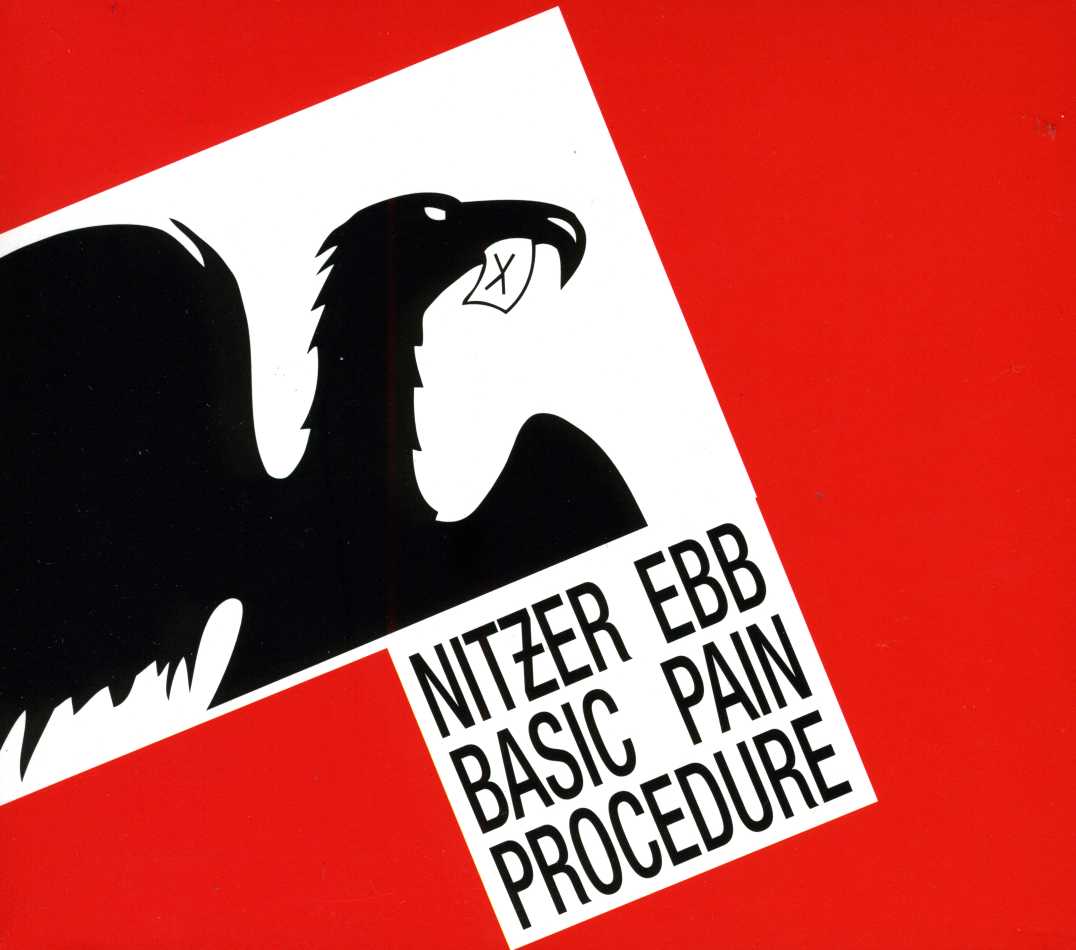
description
erations of the poetic self, both in body and in perspective, within the context of rapidly changing landscapes in the American West. THINE's observational approach draws together ecopoetics with art and myth, turning a skeptical eye toward predictions of both apocalypse and hope. In conversation with artistic renderings of and against the self in the West-Agnes Martin's grids, Willa Cather's letters, Walter di Maria's The Lightning Field-these poems find beauty in the impermanence of land, animals, and people. THINE meditates, with affectionate irony, on what it means to make new lives in the midst of the unknown.
member goods
No member items were found under this heading.
Return Policy
All sales are final
Shipping
No special shipping considerations available.
Shipping fees determined at checkout.







